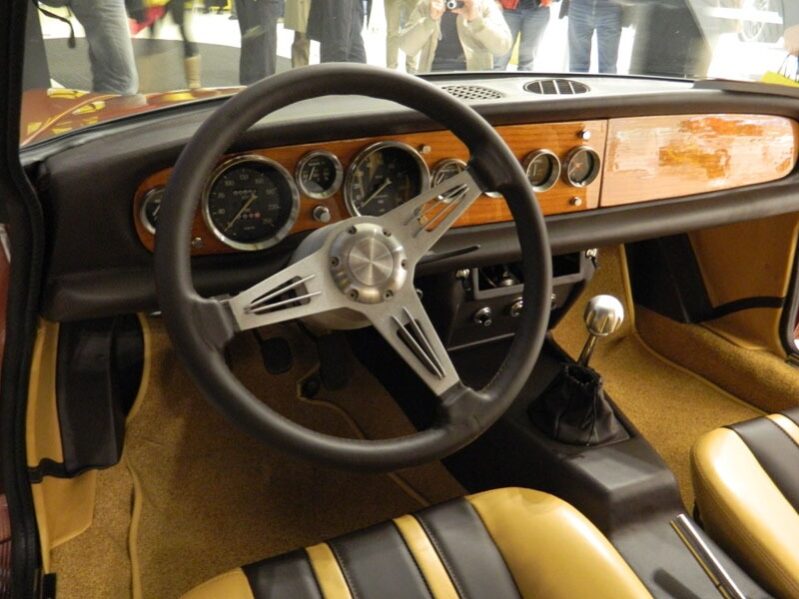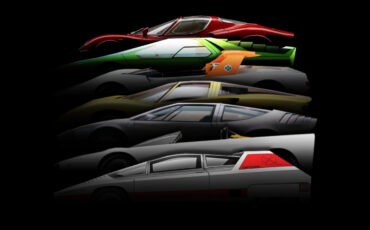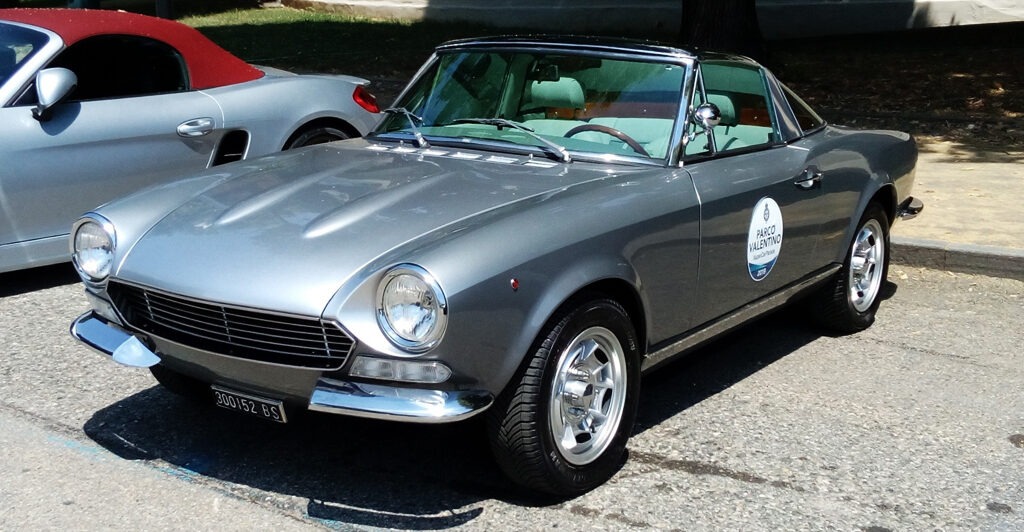
Presented at the “Super Car Parade 2019” at Parco del Valentino, exhibited at Circolo del Design di Torino, the one-off “124 Tjaarda Targa“, by Tom Tjaarda, was subsequently awarded as “show car” at the Castello di Meano Elegance Competition.
The car tells the gripping stylistic journey of Tjaarda, from the Corvette Rondine show car by Pininfarina of 1962, from which he took inspiration for the roll bar and roof shape, with a distinctly sporty character and a transparent showcar greenhouse.
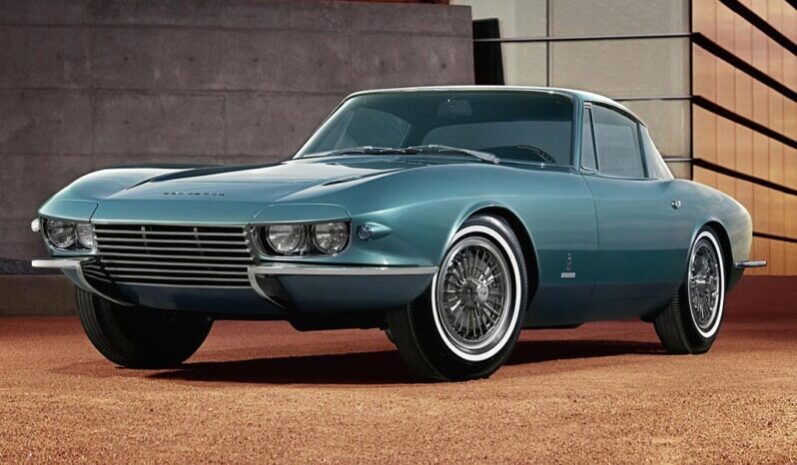
The plexiglass roof reminded Tjaarda of his father John’s experiment on the Lincoln Zephir. On the Targa it can be removed with a quick maneuver by one person and housed in the luggage compartment. Tom’s intent was to present a new genre of 124, a Targa. The roof is clearly lower than the standard Top forming a single line with the rollbar and the elongated tail of the car. New lowered seat rails have been built, thus changing the driving layout which also allows a more comfortable driving position.
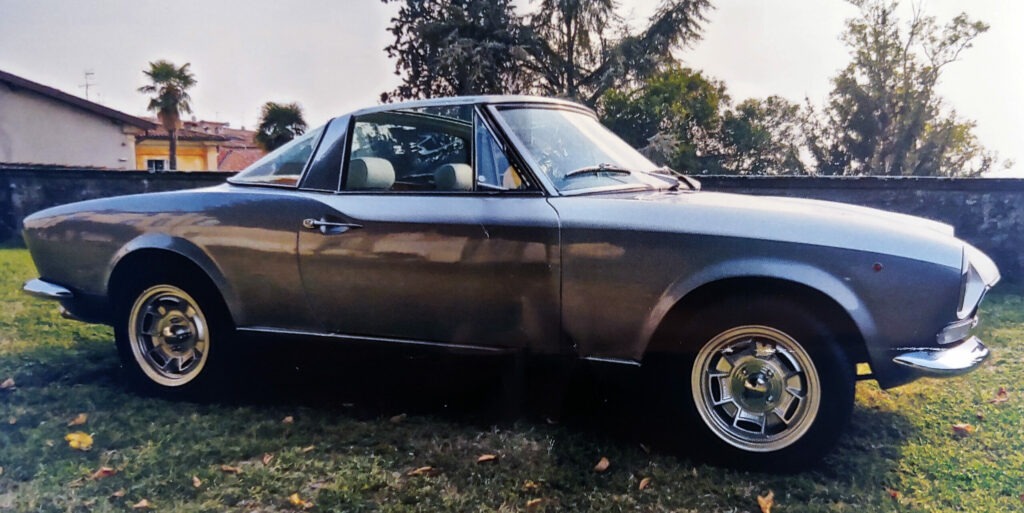
Tjaarda chose the only possible candidate as donor car: the 124 France blue with the Brescia license plate that was published often, so much that in the eyes of the designer now it was a famous specimen.
Moreover, Tom wanted to work on a car in excellent condition, that he was driving and also knew very well. He personally directed the main phases of the realization: the study of the shape of the roof and rear window, the lengthening of the tails and the housings of the new conical back lights.
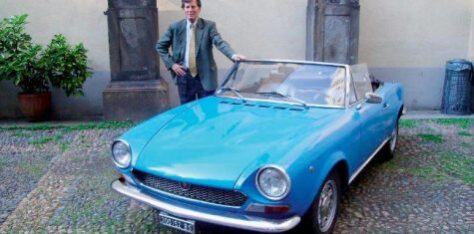
The front is well-finished and features a hand-made solid aluminum trim, bumper split and bonnet with drop-shaped humps. Those were later the subject of several interventions. Tjaarda defined them as “timid” due to their small size, then imposing, till its definitive shape that the designer liked to be proportionate with the car. Tjaarda wanted to propose once again the interiors of the 124 Rondine, expressing the desire of shades of gray, then reverberated on the bodywork.
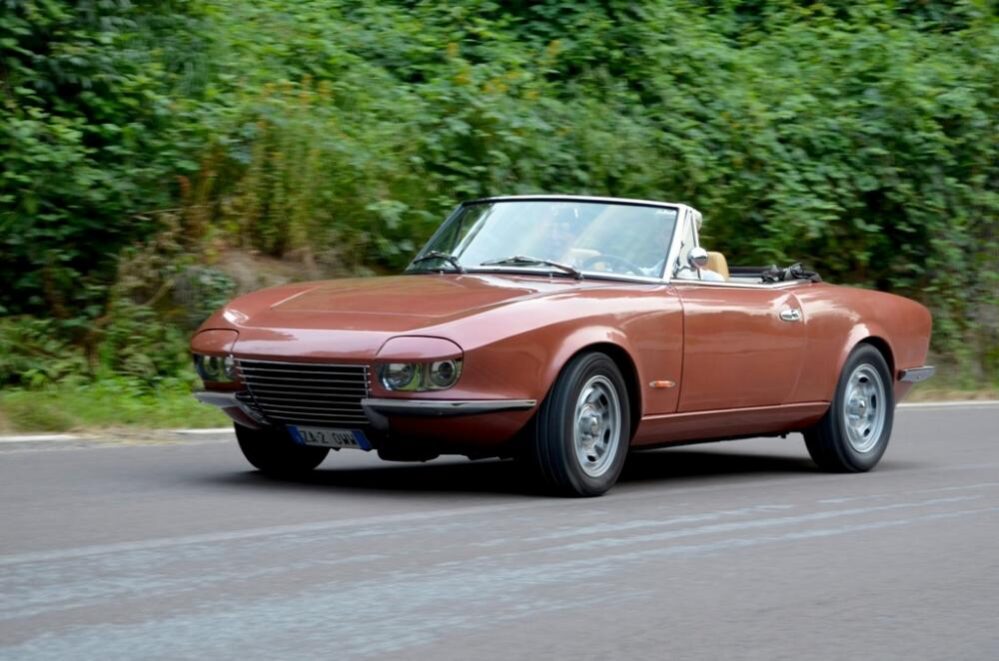
To differentiate it from the Rondine he wanted a nautical inspiration: the use of wood also on the central console and above the back seat, as well as for the steering wheel, brass for the instrumentation rings used alos on the Rondine but intentionally deeper, motorboats inspired pull-switches. The mechanics shows an elaborate 2 liter and a differential with short ratios, so much to induce Tjaarda to nickname it the “bomb“. Tom sighed happily said: “this time we have to sacrifice a bit of elegance in the name of sportiness “, without success because the 124 Targa is a real elegant lady when parked but a bomb on the road. The silver bodywork on top, and light quartz on the sides in order to emphasize the belt line. Tjaarda wanted a bi-color car which need to be discovered with the look, therefore without particular contrasts. The “124 Tjaarda Targa” revives the expressiveness of the great Italian bodyworks of the years sixty for the classic ways of making, although Tom intended to make a new one project, a new type of 124.
